 Dr. Barrett Mosbacker, Publisher
Dr. Barrett Mosbacker, Publisher
I have been reviewing a substantial body of research and attending national conferences as I formulate the theological, technological, financial, and marketing framework for a distance learning program at Briarwood Christian School.
I like to share the fruits of my labor with my readers. Here is a summary of some of the research on distance learning that you may useful.
It has been said that “a picture is worth a thousand words.” With that in mind, I am providing several charts that provide a useful snapshot of the status of distance learning in the U.S.
This is important information because as I noted in previous articles (They Are Coming After Your Students and Said So! and Can We Keep Up with the Competition?) it is imperative that we work through the theological and pedagogical implications of distance learning as we position our schools for the realities of a dramatically changing educational landscape.
The Evergreen Education Group is the source (Evergreen Education Group. (2009). of Keeping Pace with K-12 Online Learning: An Annual Review of State-Level Policy and Practice. Evergreen, CO: Evergreen Education Group.) from which the graphics below are taken.
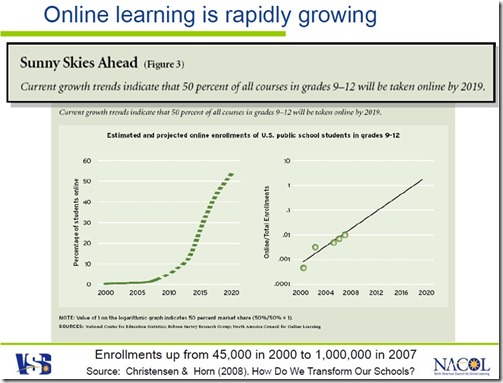
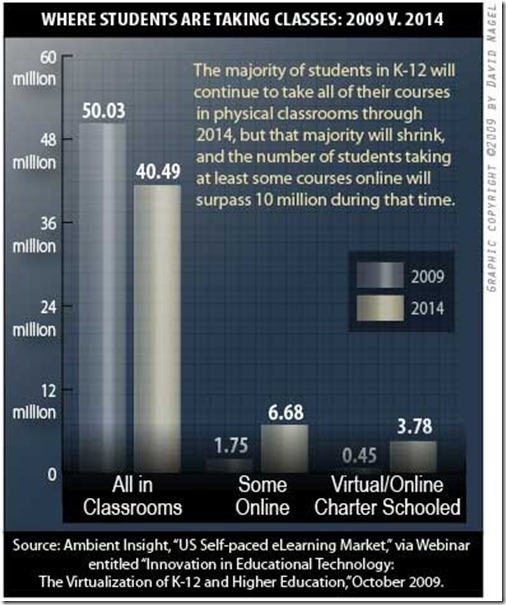
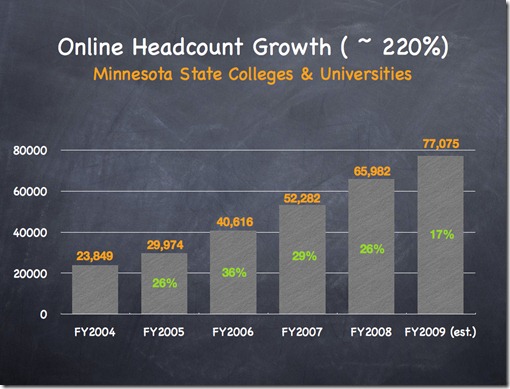
Research, Trends and Statistics
K-12 Online Learning and Virtual Schools: Expanding Options
- K-12 online learning is a new field consisting of an estimated $300 million market, which is growing at an estimated annual pace of 30% annually.
- 45 of the 50 states, plus Washington D.C., have a state virtual school or online initiative, full-time online schools, or both.i
- 24 states, as well as Washington, DC, have statewide full-time online schools.ii
- Many virtual schools show annual growth rates between 20 and 45%.ii
- 35 states have state virtual schools or state-led online programs. iii
- As of January 2007, there were 173 virtual charter schools serving 92,235 students in 18 states.iv
- 57% of public secondary schools in the U.S. provide access to students for online learning.v
- 72% of school districts with distance education programs planned to expand online offerings in the coming year.vi
- 14.2 million computers were available for classroom use in the nation’s schools as of the 2005-2006 school year. That works out to one computer for every four students.vii
Online learning in K-12 schools is growing explosively
- There are an estimated 320,000 course enrollments in state virtual schools and 75,00 full-time students in full-time online schools in the U.S.ii
- In 2000, there were 40,000-50,000 enrollments in K-12 online education.viii
- Eduventures estimated 300,000 students participated in virtual learning in the 2002-2003 school year in the United States.ix
- Alberta Online Consortium in Canada reported 4,766 enrollments in 2002-2003. In 2002-2003, NCES reported 328,000 distance education enrollments in K-12 public school districts.x
- In 2008, Sloan Consortium reports that there are approximately 4 million college students are currently enrolled in fully online courses.xi
- In 2006, the Sloan Consortium reported 700,000 enrollments in K-12 online learning. to read: According to the Sloan Consortium, the overall number of K-12 students engaged in online courses in 2007-2008, is estimated at 1,030,000. This represents a 47% increase since 2005-2006.xii
- In 2006, Sloan Consortium reported there were 3.2 million postsecondary students in the United States that took at least one online course; this represents a 25% increase over the previous year.
- In April 2006, Michigan became the 1 st state to require online learning for high school graduation. In 2008, Alabama added a high school graduation distance/online learning requirement ,as well. 80% of K-12 school districts cited “the course was otherwise unavailable” as the number one reason for offering courses at a distance. xiii
- According to the 2009 Sloan Consortium report, K-12 school district administrators cited “offering courses not otherwise available at the school,” “meeting the needs of specific groups of students,” and “offering Advanced Placement or college-level courses” as the top three reasons they perceive online and blended courses to be important.xiv
- Enrollment province-wide in British Columbia climbed from 17,000 students in 2006 to 33,000 students in 2007, according to Canada’s Ministry of Education statistics
- When considering online education for students in rural communities who have either “access to only a limited number of course offerings in their public schools” or advanced students interested in taking courses for college credit, the public expresses considerable support. In these two instances, over 60 percent of respondents support public funding for online education.xv
Research Reports “As Good or Better”: Effective
According to NCREL Synthesis of New Research on K-12 Online Learning: xvi
- Online Learning Expands Options: “The first impetus to the growth of K-12 distance education was an interest in expanding educational options and providing equal opportunities for all learners.” (p.7)
- Online Learning Is Rapidly Growing: “Recent surveys show that K-12 online learning is a rapidly growing phenomenon.” (p.4)
- Online Learning Is Effective: “Equal or Better”: “One conclusion seems clear: On average, students seem to perform equally well or better academically in online learning.” (p. 17)
- Online Learning Training Improves Teaching: Teachers who teach online reported positive improvements in face-to-face, too. “Of those who reported teaching face-to-face while teaching online or subsequently, three in four reported a positive impact on their face-to-face teaching.” (p. 25)
Today’s Students
- The Pew Internet Project reports “the Internet is an important element in the overall educational experience of many teenagers”:xvii
- 87% of all youth between the ages of 12 and 17 use the Internet (21 million people).
- 86% percent of teens, 88% of online teens, and 80% of all parents believe that the Internet helps teenagers to do better in school.
- 85% of 17 year olds have gone online to get information about a college, university, or other school they were thinking about attending.
High School Reform and Redesign
- Data suggest that in about six years 10 percent of all courses will be computer-based, and by 2019 about 50 percent of courses will be delivered online.xxi
- 90% of the fastest growing jobs in the economy require a college degree.xxii
- Over 40% of our nation’s high schools do not offer any AP courses. Many of these schools serve predominantly low-income and minority students.xxii
- Virtual schools and online programs provide AP courses.
- While only 44% of U.S. high school students studied a foreign language in 2002, learning a second or third foreign language is compulsory for students in the European Union and elsewhere.xxii
- Virtual schools offer foreign language courses online that allow interactive communication and collaboration with students and teachers across state and national boundaries for 21st century learning.
- 52% of middle school and 15% of high school mathematics teachers did not have a major or minor in mathematics and 40% of middle school and 11% of high school science teachers did not have a major or minor in science.xxiii
- Virtual schools and online programs provide a range of courses such as science, math, foreign languages, electives and remedial courses with highly qualified teachers.
- According to the Manhattan Institute, 70% of all students in public high schools graduate, and only 32% of all students leave high school qualified to attend four-year colleges.xiv
- The high school graduation rate in the United States is 70%. High school drop-out rates in urban areas average 50%.xxv
- Only 51% of all black students and 52% of all Hispanic students graduate, and only 20% of all black students and 16% of all Hispanic students leave high school college-ready.
- According to recent research from the Silent Epidemic study, 47% said a major reason for dropping out was that “classes were not interesting” and they were “bored”; 88% of drop outs had passing grades.xxvi
- The National Education Technology Plan recommended that every student have access to e-learning opportunities and every teacher have access to e-learning training.xxvii
- Virtual schools and online learning can help provide equal access to rigorous courses for all students, reducing inequities that exist across the educational system.
- Today 6,000 talented young people will drop out of school. xxvii
- Today only 11 states require credits in a foreign language for students to graduate.xxvii
- Today two-thirds of high school students will be bored in at least one class.xxvi
- Today African American students are 14 percent of those in school, but only 7 percent of those taking Advanced Placement exams.xxvii
- Today 15 million students who need mentors do not have them. Xxviii
- 69 percent of the public say that they “would be willing to have a child [of theirs] go through high school taking some academic courses over the Internet.xxix
References
iNACOL. (2009). Fast facts about online learning. Washington DC: International Association for K-12 Online Learning (iNACOL).
i Keeping Pace with K-12 Online Learning 2009, Evergreen Consulting; www.KPK12.com
ii Keeping Pace with K-12 Online Learning 2009, Evergreen Consulting; www.KPK12.com
iii Keeping Pace with K-12 Online Learning 2009, Evergreen Consulting; www.KPK12.com
iv Center for Education Reform. (Note: There are 173 virtual charter schools with 92,235 students, up from 147 schools serving 65,354 students in 18 states in 2005-2006; 86 such schools with 31,000 students in 13 states in 2004-05; 60 schools in 13 states in 2002-03).
v Internet Access in U.S. Public Schools and Classrooms: 1994–2005, 2007. U.S. Department of Education. Washington, DC: National Center for Education Statistics. www.nces.gov.
vi Distance Education in Elementary and Secondary Public School Districts, 2005, U.S. Department of Education National Center for Educational Statistics. www.nces.ed.gov
vii Upcoming Statistical Abstract of the United States: 2009, Table 252 http://www.census.gov/compendia/statab/
viii Virtual Schools, 2001, Tom Clark/WestEd.
ix In 2002-2003, 4,766 students in Alberta, Canada were enrolled in online learning programs; up 1,000 from the previous year’s 3,810 students.
x Distance Education in Elementary and Secondary Public School Districts, 2005, U.S. Department of Education National Center for Educational Statistics. www.nces.ed.gov.
xi Staying the Course: Online Education in the United States, The Sloan Consortium, 2008. http://www.sloanc.org/publications/survey/pdf/staying_the_course.pdf
xii K–12 Online Learning: A 2008 Follow-up of the Survey of U.S. School District Administrators, Sloan Consortium, January 2009, http://www.sloan-c.org/publications/survey/pdf/k-12_online_learning_2008.pdf.
xiii Distance Education in Elementary and Secondary Public School Districts, 2005, U.S. Department of Education National Center for Educational Statistics. www.nces.ed.gov.
xiv K–12 Online Learning: A 2008 Follow-up of the Survey of U.S. School District Administrators, Sloan Consortium, January 2009, http://www.sloan-c.org/publications/survey/pdf/k-12_online_learning_2008.pdf.
xv “The 2008 Education Next-PEPG Survey of Public Opinion,” Fall 2008, (vol. 8, no. 4), http://www.hoover.org/publications/ednext/26380034.html.
xvi NCREL Synthesis of New Research on K-12 Online Learning, 2005, North Central Regional Education Laboratory/Learning Point Associates. www.ncrel.org/tech/synthesis/.
xvii The Internet at School, 2005, Pew Internet Study. www.pewinternet.org.
xviii Rates of Computer and Internet Use by Children in Nursery School and Students in Kindergarten Through Twelfth Grade, 2003, National Center for Educational Statistics, U.S. Department of Education. http://nces.ed.gov/programs/quarterly/vol_7/1_2/4_4.asp.
xix Internet Access in U.S. Public Schools and Classrooms: 1994–2005, 2007. U.S. Department of Education. Washington, DC: National Center for Education Statistics. www.nces.gov.
xx Internet Access in U.S. Public Schools and Classrooms: 1994–2005, 2007. U.S. Department of Education. Washington, DC: National Center for Education Statistics. www.nces.gov.
xxi How Do We Transform Our Schools?, Education Next, Christensen, Clayton M. and Michael B. Horn, Summer 2008 (vol. 8, no. 3), http://www.hoover.org/publications/ednext/18575969.html.
xxii Expanding the Advanced Placement Incentive Program, U.S. Department of Education. http://www.ed.gov/about/inits/ed/competitiveness/expanding-apip.html.
xxiii Schools and Staffing Survey: 1999-2000, U.S. Department of Education. www.ed.gov.
xxiv Public High School Graduation and College Readiness Rates in the United States, 2003, from the Manhattan Institute. www.manhattan-institute.org.
xxv Public High School Graduation and College Readiness Rates in the United States, 2003, from the Manhattan Institute. www.manhattan-institute.org.
xxvi The Silent Epidemic: Perspectives on High School Dropouts, 2006, Bill and Melinda Gates Foundation. www.gatesfoundation.org.
xxvii Toward A New Golden Age In American Education: How the Internet, the Law and Today’s Students Are Revolutionizing Expectations: National Education Technology Plan, 2005, U.S. Department of Education Office of Educational Technology.
xxviii The Association for Supervision and Curriculum Development: The Whole Child. www.wholechildeducation.org.
xxix “The 2008 Education Next-PEPG Survey of Public Opinion,” Fall 2008, (vol. 8, no. 4), http://www.hoover.org/publications/.
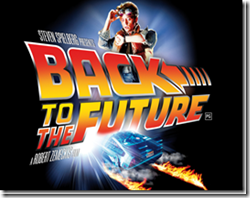 I just returned from the future.
I just returned from the future.
 It is hard to find it hard to find time to focus, think, and work on important projects. We are constantly interrupted and distracted. The immediate crowds out the important.
It is hard to find it hard to find time to focus, think, and work on important projects. We are constantly interrupted and distracted. The immediate crowds out the important.  Dr. Barrett Mosbacker, Publisher
Dr. Barrett Mosbacker, Publisher 





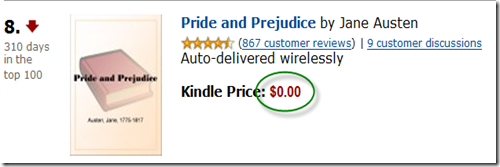

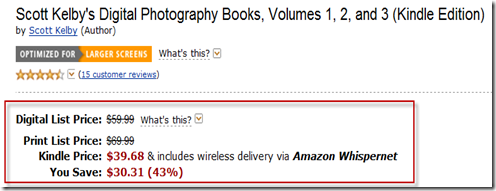

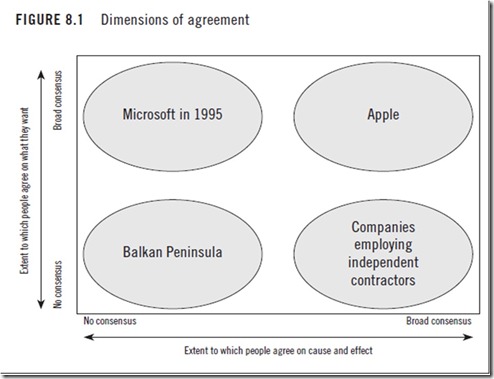
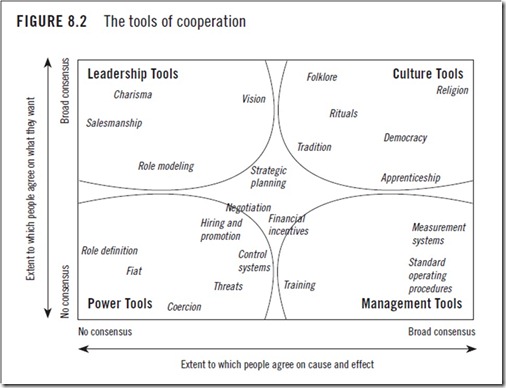
 WARNING: this article is provocative. I am posting this article not because I agree with everything asserted (I don’t) but because it provokes thought and has relevance for how we are leading our schools during a time when the landscape of education is changing-perhaps dramatically. At the end of this article I pose some questions for your consideration.
WARNING: this article is provocative. I am posting this article not because I agree with everything asserted (I don’t) but because it provokes thought and has relevance for how we are leading our schools during a time when the landscape of education is changing-perhaps dramatically. At the end of this article I pose some questions for your consideration.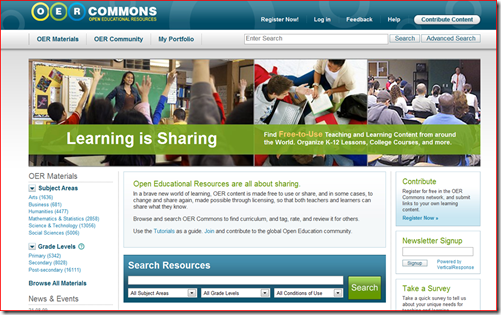
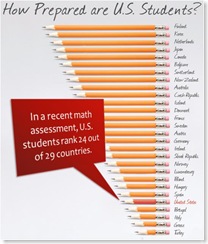 The United States once led the world in math, science, and other critical subjects, as well as in the number of students going on to higher education. Today we are well down in the pack ...
The United States once led the world in math, science, and other critical subjects, as well as in the number of students going on to higher education. Today we are well down in the pack ... 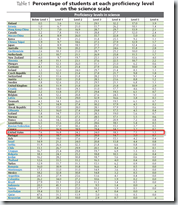 comparisons of science achievement. Click
comparisons of science achievement. Click  Do you use Google frequently to find information? Would you like to make your searches more efficient and effective?
Do you use Google frequently to find information? Would you like to make your searches more efficient and effective?